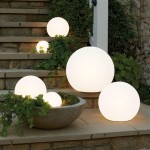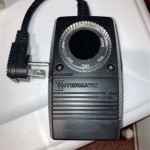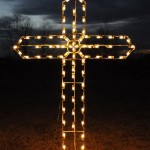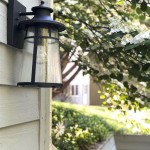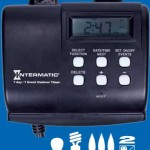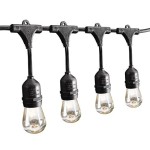How to Keep Outdoor String Lights Connected
Outdoor string lights are a charming and versatile addition to any outdoor space. From creating a cozy ambiance on a patio to illuminating pathways and gardens, these lights add a touch of magic to any setting. However, keeping them connected and functioning flawlessly can be a challenge, especially in unpredictable weather conditions. This article will delve into effective strategies for maintaining the longevity and reliability of outdoor string lights, ensuring a consistently beautiful and functional lighting experience.
Prioritize Quality and Weather Resistance
The foundation of a durable string light setup lies in selecting high-quality products designed for outdoor use. Look for lights with weatherproof materials and components, such as:
- Weather-sealed sockets: Ensure that the sockets where bulbs connect are properly sealed against moisture intrusion.
- Waterproof wires and connectors: Opt for wires and connectors with a water-resistant rating, ideally IP65 or higher, to withstand rain, snow, and humidity.
- Durable bulbs: Choose bulbs designed for outdoor use, such as LED bulbs, which are known for their resistance to temperature fluctuations and vibrations.
- UV-resistant materials: Look for lights with materials that resist fading and degradation caused by prolonged exposure to sunlight.
Investing in these features will significantly reduce the likelihood of connections failing due to weather damage and ensure a longer lifespan for your lights.
Proper Installation and Secure Connections
Proper installation is essential for maintaining the integrity of your string light setup. Here are key aspects to consider:
- Secure mounting: Choose sturdy hooks, clips, or other mounting systems that can withstand the weight of the lights and potential wind gusts. Ensure that the mounting points are secure and will not loosen over time.
- Strain relief: Use strain relief devices at connections to prevent wires from being pulled or tugged, potentially causing damage or disconnections.
- Proper wire management: Avoid creating sharp bends or kinks in the wires, as this can compromise the integrity of the internal conductors. Route wires efficiently and securely to minimize stress.
- Minimize exposure to harsh elements: If possible, consider routing wires under eaves, decks, or through sheltered areas to reduce exposure to direct sunlight, rain, and snow.
These practices create a robust infrastructure that can withstand outdoor conditions and maintain reliable connections.
Regular Maintenance and Inspection
Even with high-quality materials and proper installation, regular maintenance is crucial for extending the lifespan of your string lights. Here are essential upkeep tasks:
- Visual inspection: Regularly inspect the lights for signs of damage, such as cracked sockets, frayed wires, or loose connections. Address these issues promptly to avoid further complications.
- Cleaning: Gently clean the lights with a damp cloth to remove dust and debris that can accumulate and impair functionality. Avoid using harsh chemicals or abrasive materials.
- Testing: Periodically test the lights to ensure all bulbs are functioning correctly. Replace any faulty bulbs promptly to avoid cascading failures.
- Storage: If storing your lights during winter or extended periods, ensure they are clean, dry, and stored in a cool, dry environment. This will prevent moisture damage and extend their longevity.
By adhering to these maintenance practices, you can identify potential problems early and address them before they become major issues, ensuring a consistently reliable and functional outdoor lighting system.
Additional Considerations for Optimal Performance
Beyond the fundamental practices outlined above, there are additional considerations that can further optimize the functionality and longevity of your string lights:
- Use of surge protectors: Protect your lights from power surges caused by lightning or electrical fluctuations by employing surge protectors. This helps safeguard the circuitry and prolong the lifespan of your lights.
- Proper voltage: Ensure that your string lights are operating within their specified voltage range. Overloading or underpowering the lights can lead to premature damage and inconsistent illumination.
- Placement: Consider the placement of your lights to minimize exposure to heavy winds or rain, particularly in areas with frequent harsh weather.
By incorporating these considerations into your setup and maintenance practices, you can significantly increase the longevity and reliability of your outdoor string lights, allowing you to enjoy their beauty and functionality for years to come.

How To Hang Patio String Lights Blue I Style

Using A Cable To Hang String Lights Concord Carpenter

From Boring To Breathtaking How Hang Outdoor String Lights True Value Hardware

How To Hang Outdoor String Lights Maison De Pax

A Canopy Of String Lights In Our Backyard Gray House Studio

Easy Diy String Light Poles Tutorial Jessica Welling Interiors

How To Hang String Lights Outdoors

Tips For Protecting Outdoor Light Strings Part 1 1000bulbs Blog

How To Hang Patio Lights

Easy Diy String Light Poles Tutorial Jessica Welling Interiors
Related Posts
